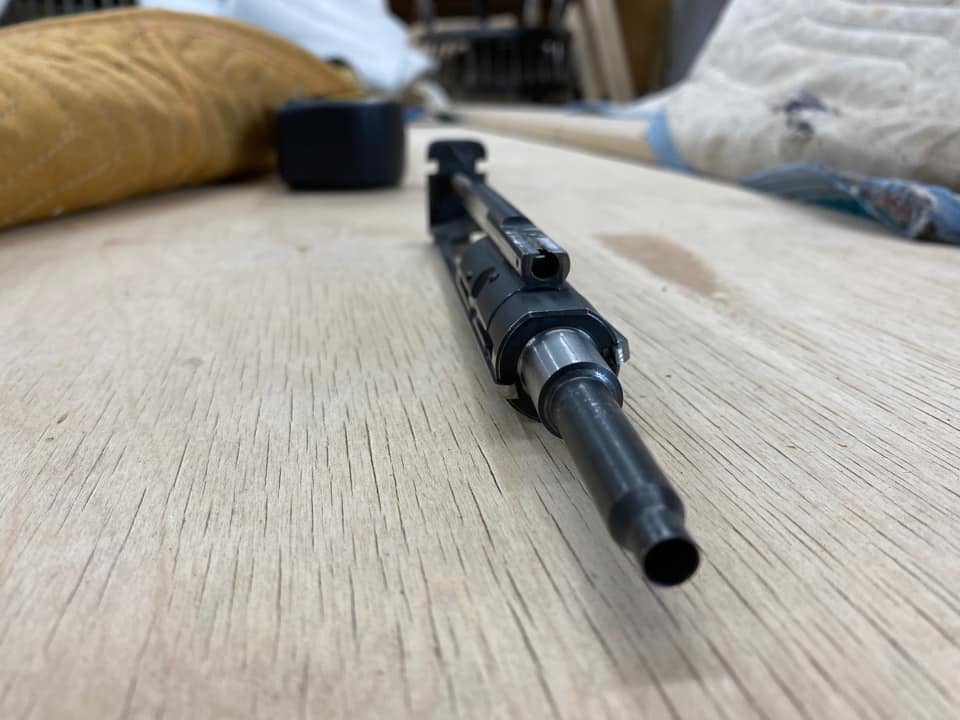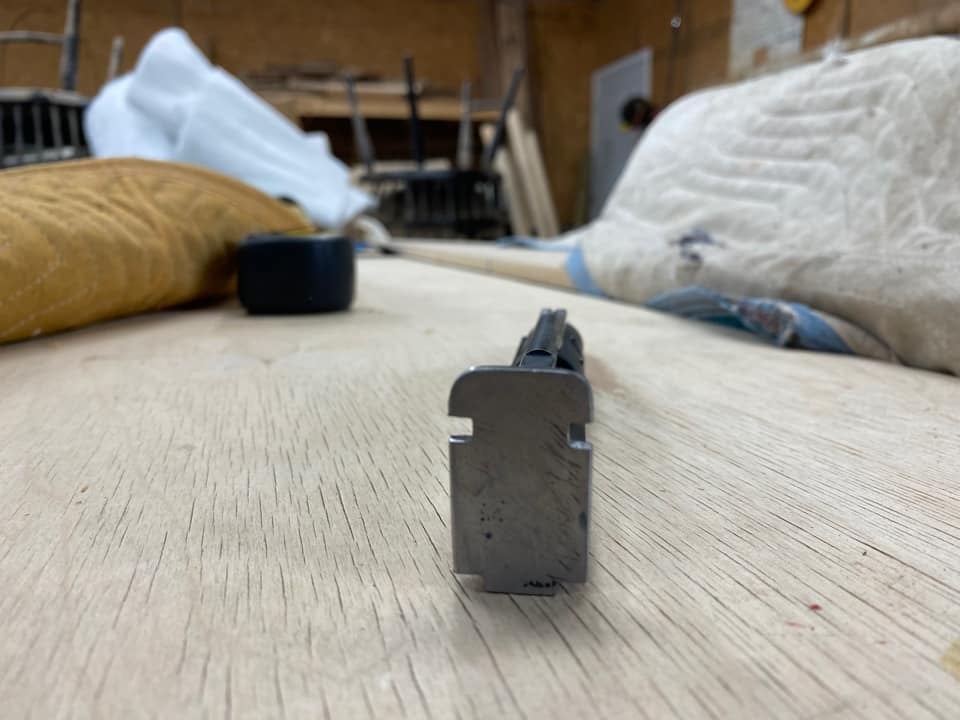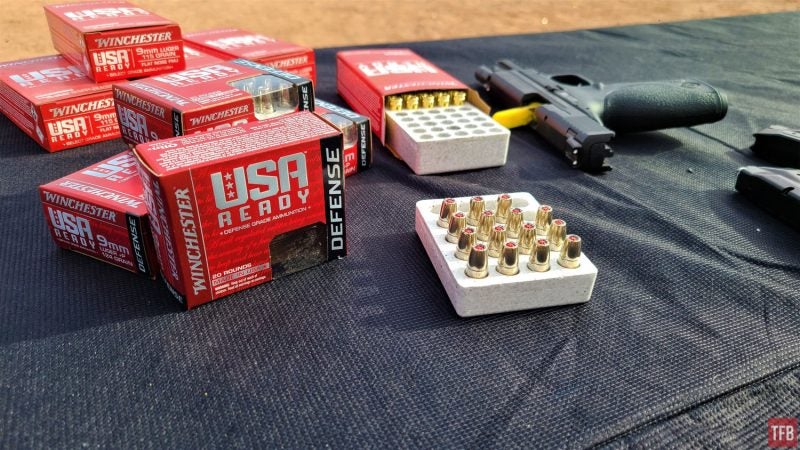Yes, you read that right, a .22LR X95 conversion! So let’s back up a bit. On the IWI Tavor and IWI Tavor X95 groups on Facebook, a clever self-starter by the name of Dylan T. has been modifying his IWI Tavor X95. However, he is not your typical gun aficionado just bolting add-ons to the outside of the X95. He made his own .22LR X95 conversion.
X95 @TFB:
- 3 Panther Products X95 TG-C Grip: Cutlass Crossed With Pistol Grip
- Surplus IWI Micro Tavor X95s Offered In Canada
- Manticore Arms X95 Optimus Polymer Forend

Photo by Dylan T.
Dylan started by looking at a CMMG .22LR conversion bolt for an AR and saw that with a little work, he could make it fit inside the X95.

Photo by Dylan T.

Photo by Dylan T.
The photos above were his in-progress photos.
Here is what he posted:
Some serious reworking but it seems to be cycling smooth by hand. Next is a bit more trimming for the hammer to fit, rear block to support the tail, and address the charge handle.
Below is the final modified CMMG bolt for Dylan’s .22LR X95 conversion. No modification was done on the barrel insert. Only the carrier and bolt were modified.

Photo by Dylan T.

Photo by Dylan T.

Photo by Dylan T.
However, just milling away material to make the CMMG conversion fit in an X95 is only part of the solution. Dylan needed to make a spacer to hold the BCG in place for his .22LR X95 conversion. Below is a CAD drawing that he later 3D printed.

Photo by Dylan T
Here is a video montage of some of his tests.
First test. It works mostly. I think I’m having some feeding issues with the mags. One was a cmmg. The other is Black Dog mags. Seems to be not holding the next round down enough. Slow fires seems to work ok. Maybe a stiffer mag spring is needed. Either way, I say it’s a success. CCI white box bulk ammo supers with a 30 cal can.
No modifications were made to the X95 itself. Dylan says he is working on a redesign of his spacer and will continue testing. It looks like he is doing great so far. He is entertaining the idea of making these kits for sale in the future but for now, he needs to iron out any wrinkles. I spoke with Dylan so I could share his work with you and he offered to let me borrow his kit to see if it works in another X95. If you follow Sven of Manticore, he has mentioned that there are variances from one X95 to the other. So testing in other X95s is a must. Stay tuned for a follow-up on this amazing DIY work by Dylan T. He has a lot more projects going on. Did you notice the 45º safety on the X95? Yeah, he made that himself.






 Sarah Shulze
Sarah Shulze















